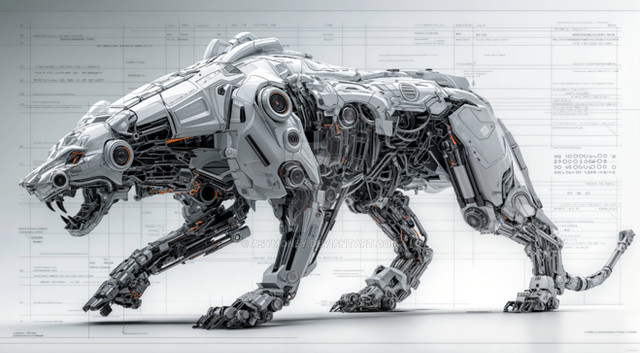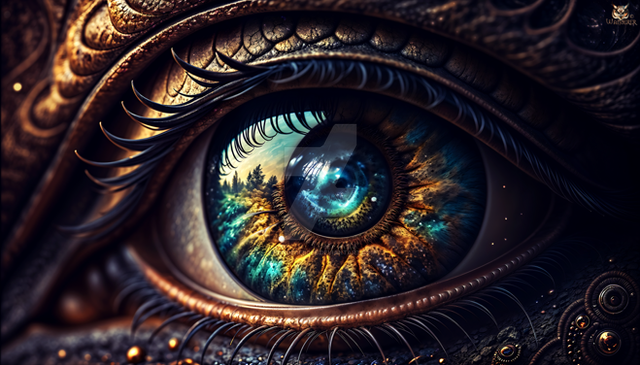HOME | DD
 achlys413 — Alpha Centauri System
achlys413 — Alpha Centauri System

Published: 2020-02-05 05:16:18 +0000 UTC; Views: 5463; Favourites: 27; Downloads: 39
Redirect to original
Description
Looks like I have a very different definition of "tomorrow".Sorry for that. I had lots of time to upload this here, I just forgot to. But anyway, here it is. My own rendition of what the Alpha Centauri system might look like. Here's some details on the subject.
A and B have less planets than other stars that's all they can have. They have relatively small Hill spheres, and it doesn't exactly allow for more planets. Not to say it's always been like that, in the past A and B were farther together, and their Hill spheres were larger, and had more planets, but as gravity pulled them into tighter orbits, the planets were ejected from the system, and became what is known as HIEPs, highly inclined eccentric planets, or "fuckers", as they were called in the earlier days of colonization.
Proxima, however, is really far away and has lots of liberties in terms of Hill spheres and planets, that's why it has a lot. The planets in proxima are also closer to eachother in the picture, first because of a sudden shift in my style at doing this in the middle of the making, but as an excuse I'll say it's a reference to the close planet-to-planet distances in red dwarf systems, which is a reality.
Next one will be: Barnard's Star, and yes, it will be very soon, like right now, because I am pretty sure it is already ready, but I can never be sure, in case I have to do it again, tomorrow is minimum, but I don't promise anything.
--FLAGS--
Council of Lapithes - sta.sh/03glwxqmhtv
Synth Commonwealth - sta.sh/02cyua4mrss
Synthetic-Lapithean Confederacy - sta.sh/0204l4wbzoma
Revolutionary New Canaan - sta.sh/01s64yhw394i
The Federation - sta.sh/01kzxubrf3bw
Related content
Comments: 1

Wait, I am supposed to explain the planet types? Oh, yeah! Almost forgot.
So, it's divided in three parts, color, letter and number. Color represents temperature, number represents mass, and letter is varied. Usually supposed to mean bulk composition, but can also have one or two elements exclusive to certain temperatures or masses. (Wouldn't expect a gas giant to be class 1.)
So, colour goes like this.
Red is scorched, minimum 726°C.
Orange is hot, from 226°C to 726°C.
Yellow is warm, from 56°C to 226°C.
Green is temperate, from -23°C to 56°C
Teal is cool, from -103°C to -23°C
Cyan is cold, from -183°C to -103°C
Blue is frozen, from -273°C to -183°C.
This classification is gladly stolen from SpaceEngine's.
Letters go like this:
Aa: An airless world, like Mercury or the Moon.
Ab: A world with an atmosphere very thin but not exactly a vacuum. No examples in the Solar System.
Ac: An Io-like world.
As: Asteroid.
Ba: A desert planet. Examples include Mars.
Bb: A hothouse desert: Examples include Venus.
Ca: A marine world with more land than sea. Examples: Titan.
Cb: A marine world with more sea than land. Examples: Earth.
Cc: A snowball Earth. Appears to be an ice world but in reality it's an Earth-like world covered in snow. Examples: Hoth.
Da: An ocean planet. No examples exist in the Solar System.
Db: An ocean planet with temperatures over 100°C, that can mantain an ocean because of its high pressure.
Ea: An airless world covered in ice. Examples: Europa.
Eb: An ice world with an atmosphere. No examples yet.
J: Jovian, gas giant, etcetera.
N: Neptunian, ice giant, etcetera.
Numbers go like this:
1: Below 0.002 masses of Earth.
2. Below 0.02 masses of Earth.
3: Below 0.2 masses of Earth.
4: Below 2 masses of Earth.
5: Below 10 masses of Earth.
6: Below 25 masses of Earth.
7: Below 0.2 masses of Jupiter.
8: Below 2 masses of Jupiter.
9: Below 10 masses of Jupiter.
10: Below 13 masses of Jupiter.
Any planet above 10 is a brown dwarf, the planet classification system doesn't apply anymore.
Bonus:
In the case of marine/ocean worlds, if the thalassogen isn't water, a.k.a, if the oceans aren't made out of water, then the chemical formula of the thalassogen is added between parentheses. For example, Titan would be a blue Ca3 (CH4) class. Athena (coming soon!) would be a teal Cb3 (NH3) class.
👍: 0 ⏩: 0
























